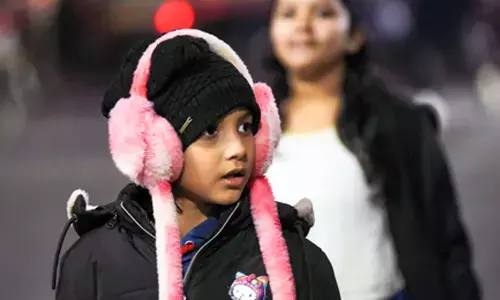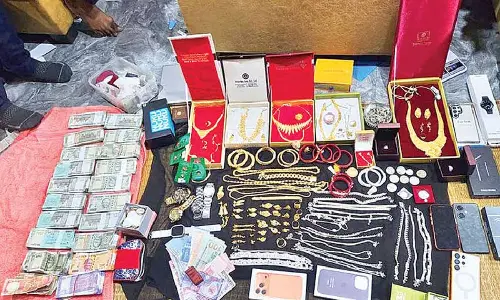Ukraine conflict

Ukraine conflict, On February 12, the leaders of Russia, Ukraine, France and Germany emerged from marathon 16-hour talks in Minsk to announce a comprehensive peace deal for eastern Ukraine.
On February 12, the leaders of Russia, Ukraine, France and Germany emerged from marathon 16-hour talks in Minsk to announce a comprehensive peace deal for eastern Ukraine. Russian President Vladimir Putin told reporters that the agreement envisages a cease-fire that will be effective starting from the start of the day Sunday (21000 GMT or 4 p.m. EST Saturday) as well as a special status for the rebel regions, provisions on border controls and humanitarian issues. Ukrainian President Petro Poroshenko, however, denied that there was any agreement about autonomy in eastern Ukraine.
Conflict between Pro-Russian rebels and government forces cost more than 5,400 lives in Eastern Ukraine since April 2014. The Ukrainian revolution of February 2014 known as the Euromaidan Revolution or Orange Revolution took place in the capital of Kiev that culminated in the flight and subsequent impeachment of the then-President of Ukraine, Viktor Yanukovych.
Due to various economic crises, Yanukovych sought to establish closer relations with the European Union (EU) and Russia. One of these measures was an association agreement with the European Union, which he backtracked on at the urging of Russia. Thereafter, Yanukovych signed a treaty and multi-billion dollar loan with Russia instead, which sparked civil unrest in Kiev that ultimately led to violent clashes.
Following flight of President Yanukovych on 23 February, protests by pro-Russian and anti-revolution activists began in the largely Russophone region of Crimea. These were followed by demonstrations in cities across eastern and southernUkraine, including Donetsk, Luhansk, Kharkiv, and Odessa.
Starting on 26 February, as protests gripped Crimea, pro-Russian armed men gradually took over the peninsula.
From the beginning of March 2014, demonstrations by pro-Russian and anti-government groups took place in the Donetskand Luhansk oblasts of Ukraine, together commonly called the "Donbass". These demonstrations, which followed the annexation of Crimea by the Russian Federation, and which were part of a wider group of concurrent pro-Russian protests across southern and eastern Ukraine, escalated into an armed conflict between the separatist forces of the self-declared Donetsk and Lugansk People's Republics (DPR and LPR respectively), and the Ukrainian government.
A ceasefire agreed in September 2014 fell apart quickly. A new truce deal was reached on 12 February through international mediation, in an attempt to stop the fighting spiralling out of control.















